From Office to Cockpit: How Indian Working Professionals Are Becoming Commercial Pilots?
The Indian aviation industry continues to grow from strength to strength. Traditionally, many young people dreamed of becoming pilots
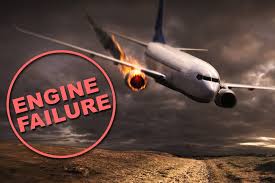
Most multi-engine aircraft have engines underhung from the wings. The engines are placed at a distance from the aircraft's Centre of Gravity. This distance is recognized as arm length. The thrust produced by the engines acts through the CG, which acts like the pivot of a seesaw.
In usual conditions, both engines produce the same thrust. Though when an engine fails, there is a thrust disparity as the dead engine no longer produces any thrust, while the functioning engine continues to do so. The moment generated by the live engine swerves the aircraft on the way to the inoperative engine. This yaw requires that the aircraft be arrested to guarantee that the aircraft does not enter a spiralling dive.
To counter the unwanted yaw from the functioning engine, a force needs to be produced in the yaw axis. This comes from the tail or the vertical stabilizer. The pilots can differentiate the force created by the tail using the rudder attached to it. So, in the event of an engine failure, the pilots use their feet and press on the rudder pedal to deflect the rudder until the yaw is controlled. If the engine on the right side fails, the left rudder is applied; if it is on the left, the right rudder should be applied.
In a twin-engine aircraft, the failure of an engine results in a 50% decrease in total thrust. Regarding performance, an engine failure results in a loss of approximately 70% of performance. This is because an engine failure results in drag due to control surface deflection and sideslip.
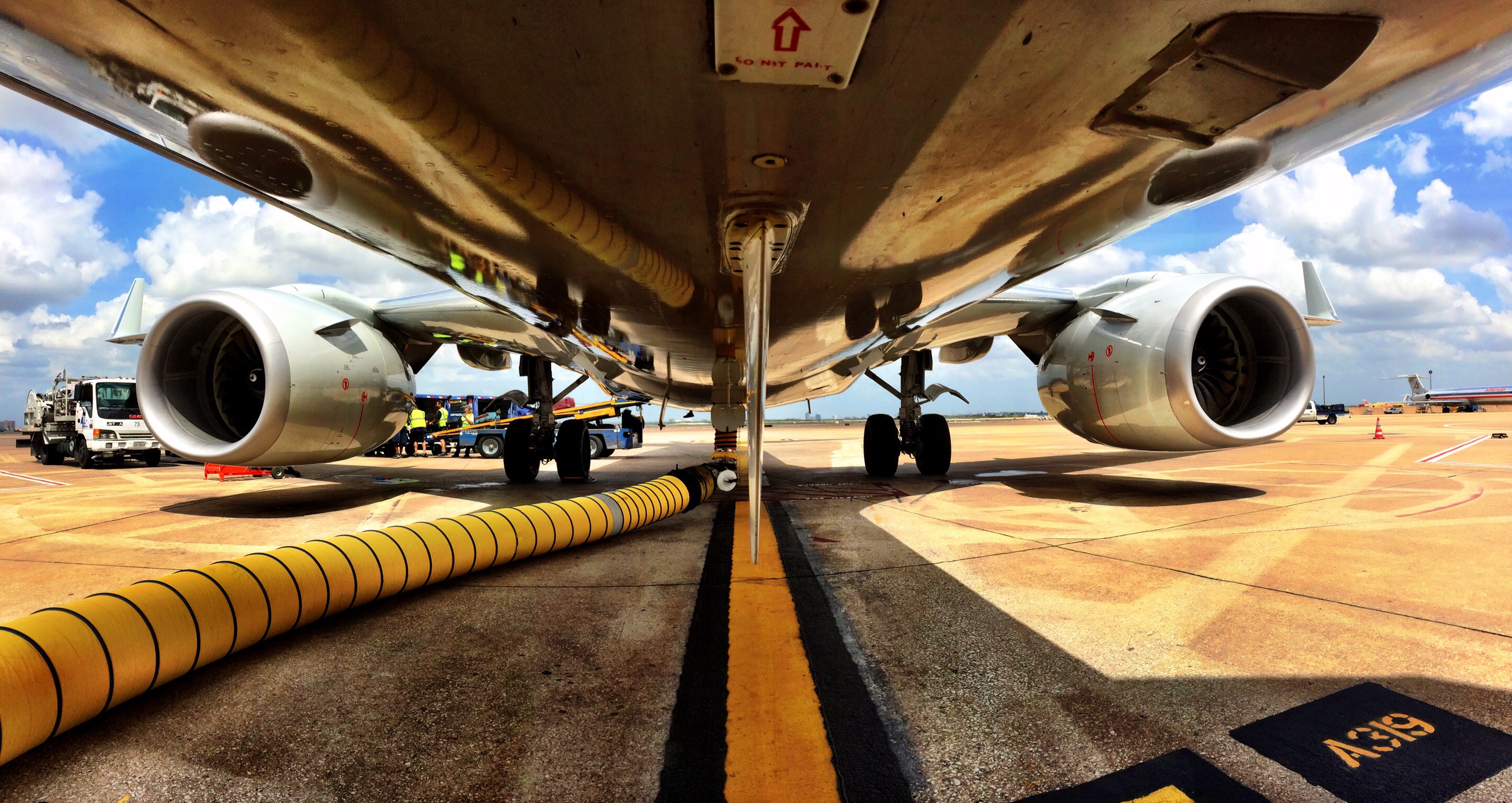
Throughout a takeoff, the aircraft flies at a low speed and high thrust. A combination resulting in the least effective control. For this reason, the pilots need to be accurate with the flight controls. Throughout takeoff, a decision speed termed V1 exists. This is the speed beyond which the takeoff must be sustained even if a failure, for example, an engine failure, occurs, because, above this speed, the aircraft cannot stop safely. Below this speed, the takeoff must be rejected.
When an engine fails during takeoff, the pilot in command must resolutely press the rudder to regulate the drift in the direction of the dead engine. If this is not done close to the ground, the plane can lose control. In most aircraft, the engine failure also results in rolling tendencies. Suitable role controls must counter this.
In most planes, the use of rudder inputs only can put the aircraft in a sideslip because the force on the vertical stabilizer can drag the aircraft sideways. This causes added drag. To zero out the sideslip, approximately 5 degrees of roll control might be applied to the live engine. This stops the sideslip and decreases the rudder deflection needed to counter the yaw. Both of these help to decrease drag and improve aircraft performance.
Once the aircraft is at a safe height, the engine failure checklists can be attempted. The pilot should not rush things. This can result in catastrophic outcomes, for instance, the crash of TransAsia Airways Flight 235.
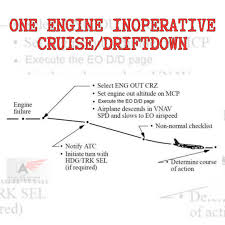
At high elevations, the air is less dense, and it is therefore thinner. The engines operate approximately at their maximum RPM to make the essential amount of thrust. When an engine fails at these heights, the thrust from the remaining engine can no longer even out the drag force, and this decreases the speed of the aircraft. If the height is upheld, the aircraft might lose speed to the point where the loss of control becomes extremely probable.
This altitude is recognized as the one-engine inoperative ceiling. This ceiling hinges mostly on the aircraft's weight. The heftier the aircraft, the lower the OEI ceiling will be. For a jetliner, the OEI ceiling is in 20,000 to 25,000 ft.
There are two main strategies for the descent of an engine failure event. In the first strategy, the aeroplane is put on a downward path with a steady windmilling speed. This lets the pilots try a restart. Below this windmilling speed, the engine might struggle to gain enough rotation.
In the latter, the speed is reduced to a minimum drag speed, known as VMD. This is the speed at which the minimum amount of drag acts on the aircraft. When coming down at this speed, the aircraft coasts down to the OEI ceiling at a slower rate. This strategy is beneficial in high-terrain environments where a faster descent might result in an impact with the terrain. This is also recognized as drift-down for the reason that the aircraft slowly drifts to the OEI ceiling. Once at the OEI ceiling, the aircraft can cruise at the best OEI ceiling speed.
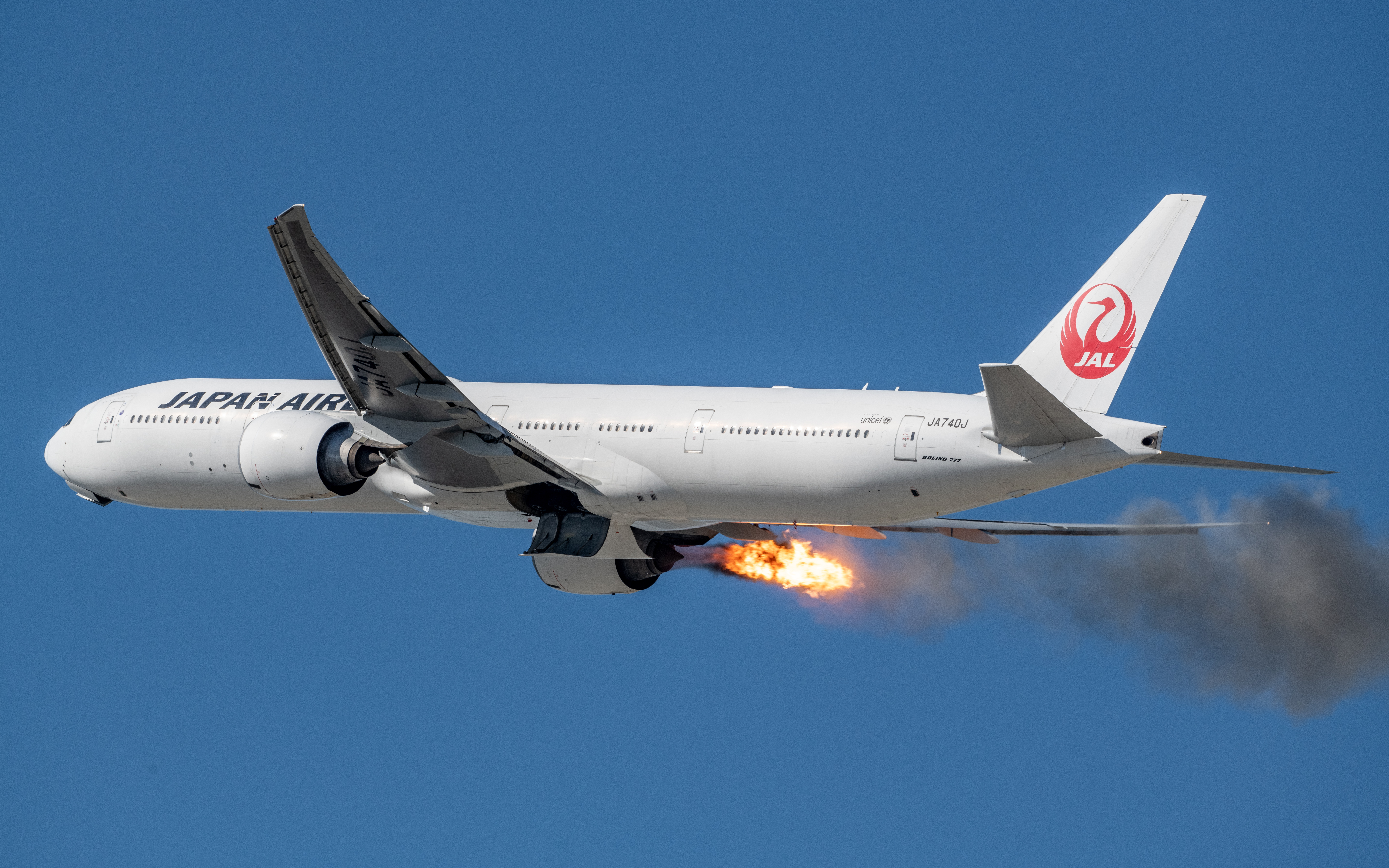
The actions of a commercial pilot during an engine failure during the final approach to landing might be two. One approach is to proceed with the remaining engine as is. The other option is to make a go-around, sort out the procedures and checklists and then try a single-engine approach and landing.
The flying pilot can concentrate on flying, while the non-flying pilot can perform the engine securing procedure. In most airliners, an engine failure does not result in key system losses because of redundancy. So, the flight features are hardly affected. Hereafter, continuing the landing is perhaps the safest option.
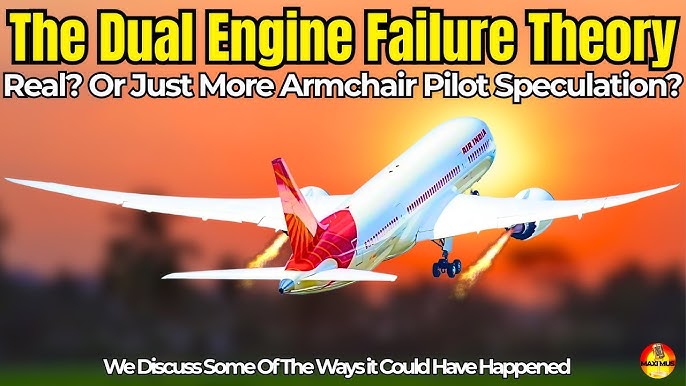
It is one of the rarest of rare incidents. There were instances when both engines failed after a fuel shortage, for example, the Gimli Glider incident, in which a miscalculation of fuel brought about a midair engine failure. The captain of the flight was successful in landing the plane.
In 2008, British Airways Flight 38 crashed on landing at Heathrow after low temperatures caused ice crystal formation in the aircraft's fuel. When temperatures increased, the ice flowed forward to the fuel-oil heat exchangers. Upon landing, this blocked the fuel flow to the engines, and the fuel was insufficient for the increased thrust required.
Any kind of engine failure is relatively uncommon in modern aviation. And even then, the pilots are adequately trained to deal with such a situation. For a pilot, it is very important to get well-trained in all the aspects of flying, to tackle every situation that could arise during flight. For this, you can always enroll in an aviation academy like Flapone Aviation.
Here, aspiring pilots gain all the knowledge and practical training essential for passing the DGCA pilot exam and then securing a job as a pilot. So, come to us and take a positive step forward on the way to becoming a pilot.
Connect with our aviation mentors to find the right path toward becoming a licensed aircraft pilot.